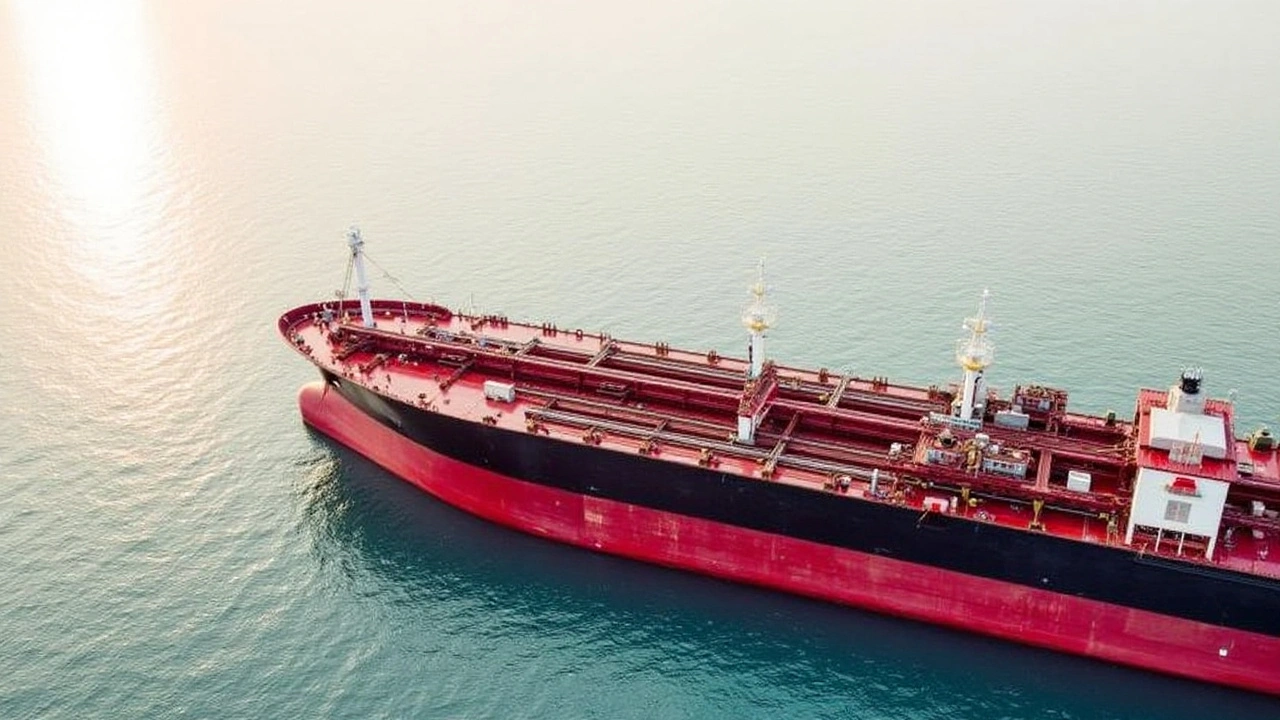Diesel Exports: What You Need to Know
When it comes to diesel exports, there's more going on than just fuel shipping from one place to another. Diesel is a key fuel worldwide—powering industries, vehicles, and generators. Exporting diesel can boost a country's economy, but it comes with its own set of challenges and factors to watch.
First off, demand shifts quickly. Depending on local consumption, geopolitical tensions, or energy policies, some countries import more diesel while others export surplus supplies. For example, South Africa often exports diesel to meet regional demands but must navigate price fluctuations and supply chain hurdles.
How Global Markets Affect Diesel Exports
Global fuel markets are tight and competitive. Prices for diesel can swing based on crude oil costs, refining capacity, and even seasonality. When oil prices jump, diesel gets pricier, which can limit buyers or push them to seek alternatives. Exporters have to stay alert, balancing contracts with the realities of fluctuating markets.
Another factor is regulations. Diesel quality standards differ by country, so exporters must ensure their shipments meet local rules. Non-compliance can mean shipments are rejected or delayed, costing time and money.
Opportunities and What to Watch Next
On the opportunity side, countries with strong refining capabilities and good transport infrastructure can turn diesel exports into major revenue sources. Emerging markets sometimes struggle to produce enough diesel domestically, opening doors for exporters nearby.
Still, exporters face hurdles like logistic costs, currency risks, and political uncertainties. Keeping an eye on these can help businesses stay ahead and make smarter decisions.
Looking ahead, diesel exports will keep being important in the global energy puzzle. Understanding market moves, price drivers, and regulations can help anyone involved make the most of this fuel trade.
Russia's Seaborne Diesel Exports Reach Historic Low Amid Sanctions and Refinery Issues
In August 2024, Russia's seaborne diesel and gasoil exports are predicted to hit the lowest levels in a year, ranging between 2.7 and 2.8 million tons. This decline stems from sanctions by the G7, EU, and Australia, along with disruptions in Russia's refining capacity due to drone strikes and seasonal maintenance. Shift in trading partners and refinery outages contribute to this trend.
More
